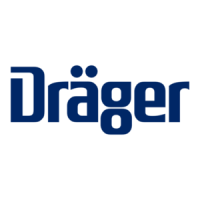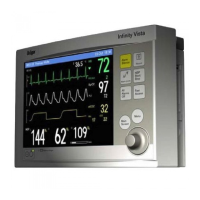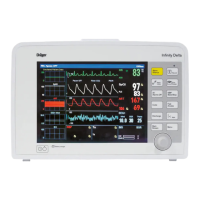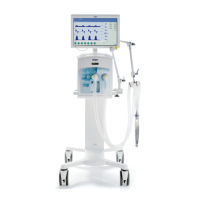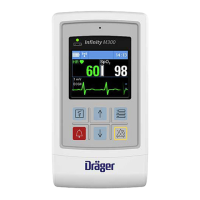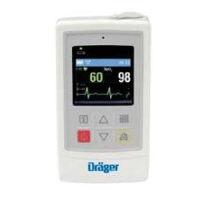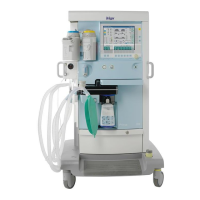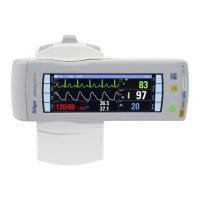OVERVIEW
VF8 DELTA/DELTA XL/KAPPA 26-5
Body Surface Area (BSA), Predicted Body Weight (PBW),
Predicted Body Surface Area (PBSA)
The input for height, weight, patient category, and sex are needed for the calculation
of the body surface area (BSA), predicted body weight (PBW) and predicted body
surface area (PBSA). These calculated body characteristics are required for the
indexing of PiCCO parameters. For the indexing of volumetric parameters, the PiCCO
pod uses the following calculated parameters which are dependent on the following
body characteristics:
BSA = Body Surface Area (m
2
)
PBW = Predicted Body Weight (kg); calculated according to height, sex, and
patient category
PBSA = Predicted Body Surface Area (m
2
); calculated with the PBW instead
of actual body weight.
Calculation Category Sex
PBW (kg) = 50 + 0.91 [height (cm) – 152.4] Adult
(habitus)
1
Male
PBW (kg) = 45.5 + 0.91 [height (cm) – 152.4] Female
PBW (kg) = 39 + 0.89 [height (cm) – 152.4] Pediatric (>152.4 cm)
(habitus)
1
Male
PBW (kg) = 42.2 + 0.89 [height (cm) – 152.4] Female
PBW (kg) = ((height (cm))
2
x 1.65) / 1000 Pediatric (<152.4 cm) Male and female
1
NOTE: In marginal cases the decision about the correct patient category for the individual patient
must be based on the anatomy and appearance (habitus).
NOTE: PBW is used to calculate the parameter EVLWI. PBSA is used to calculate
GEDVI/ITBVI while BSA is used to calculate all other index parameters.
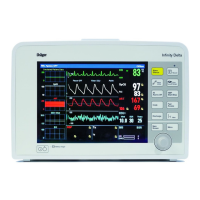
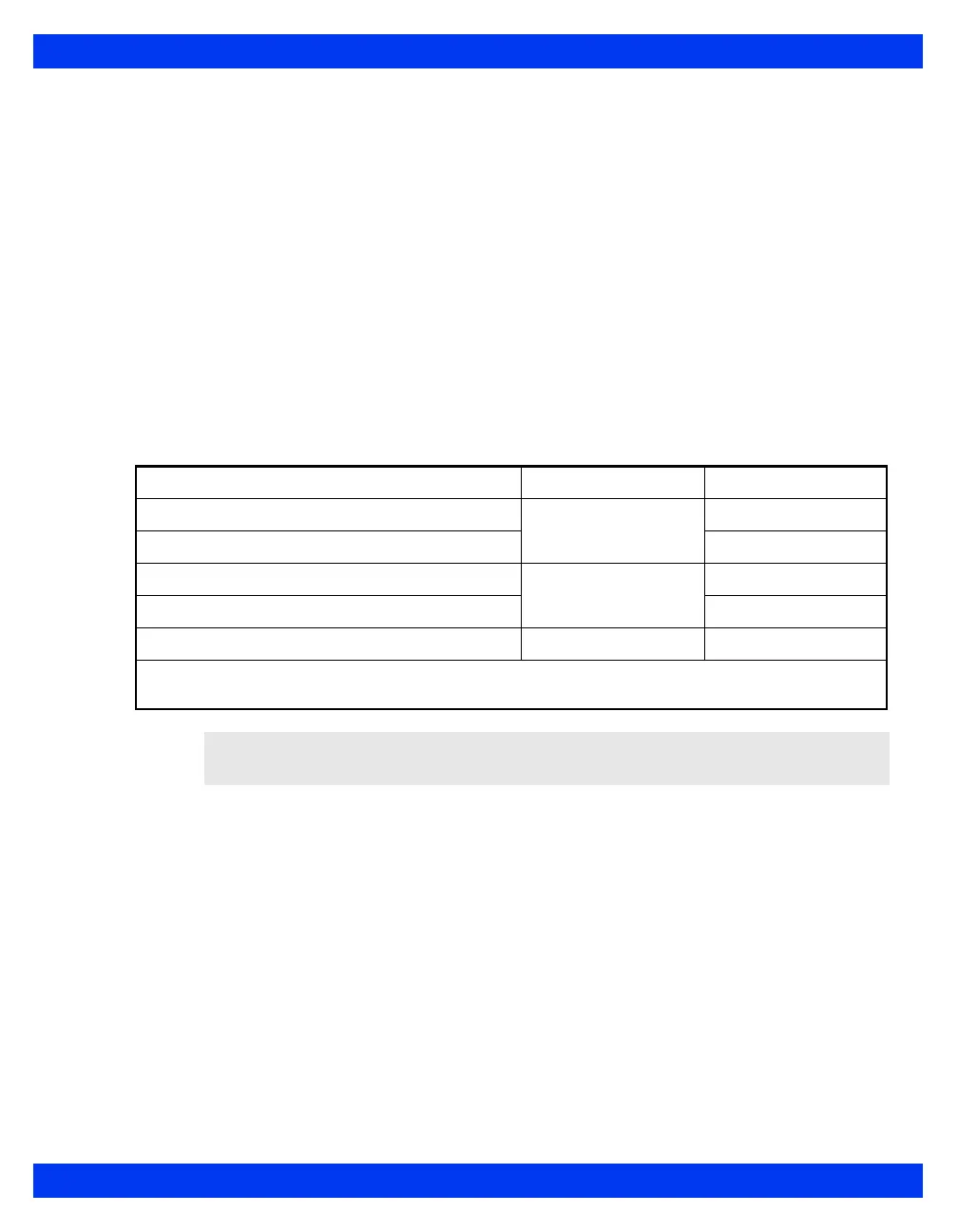